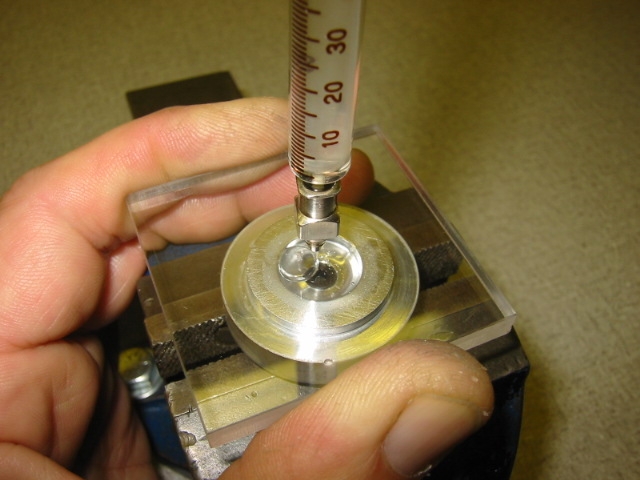Michael Costanzo
Well-Known Member
- Joined
- Jan 7, 2009
- Messages
- 1,953
OK,first off NOT A PISSING MATCH! everyone has there own opinion and many ways to skin a cat.
i would like to know what the effect of having a flat squish band VS a tapered squish band one. i have a head that has way to much piston to head clearance and have to mill it down which will also lower my vol#'s which is what i am looking for. thanks,mike.
i would like to know what the effect of having a flat squish band VS a tapered squish band one. i have a head that has way to much piston to head clearance and have to mill it down which will also lower my vol#'s which is what i am looking for. thanks,mike.
























